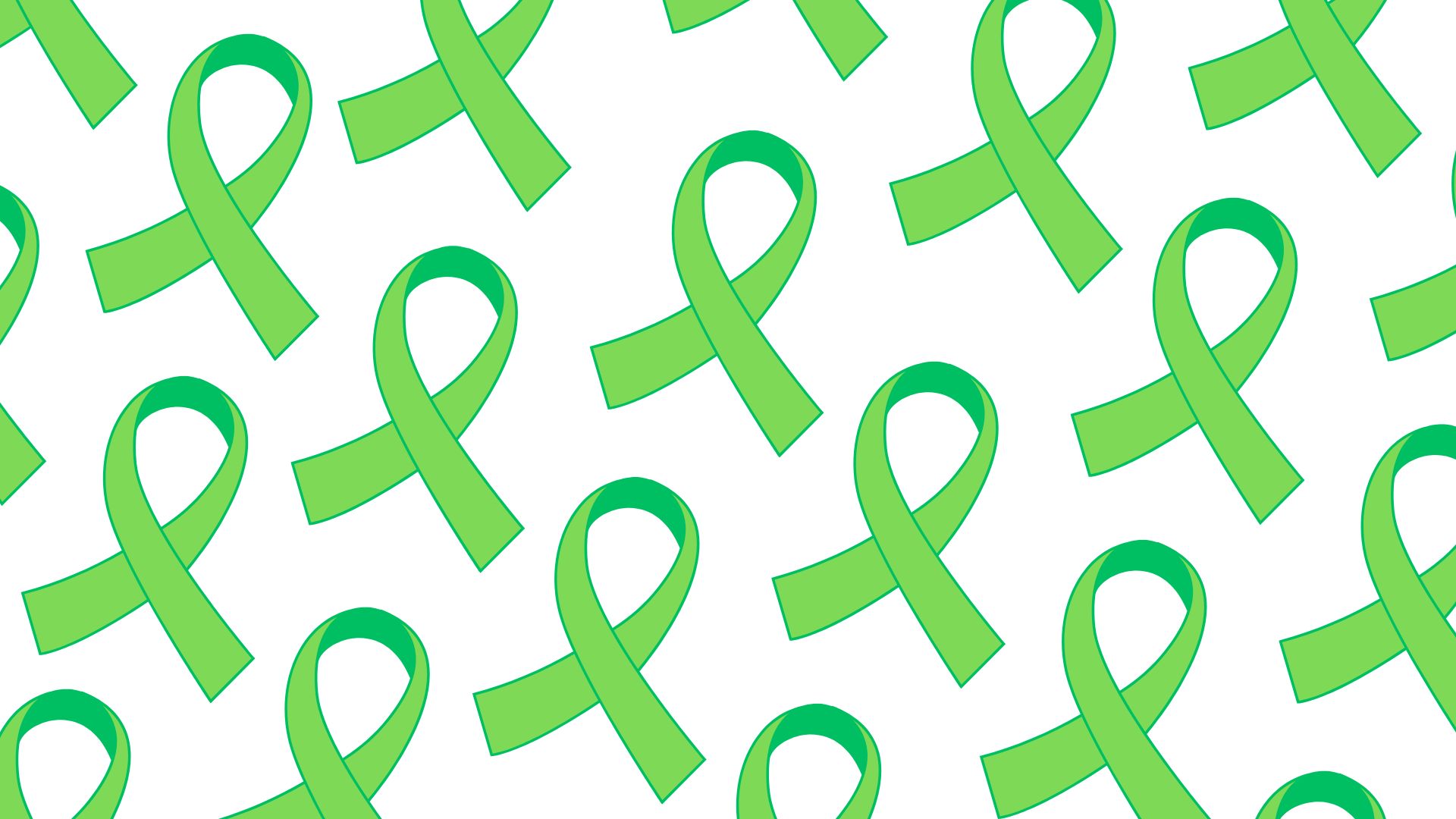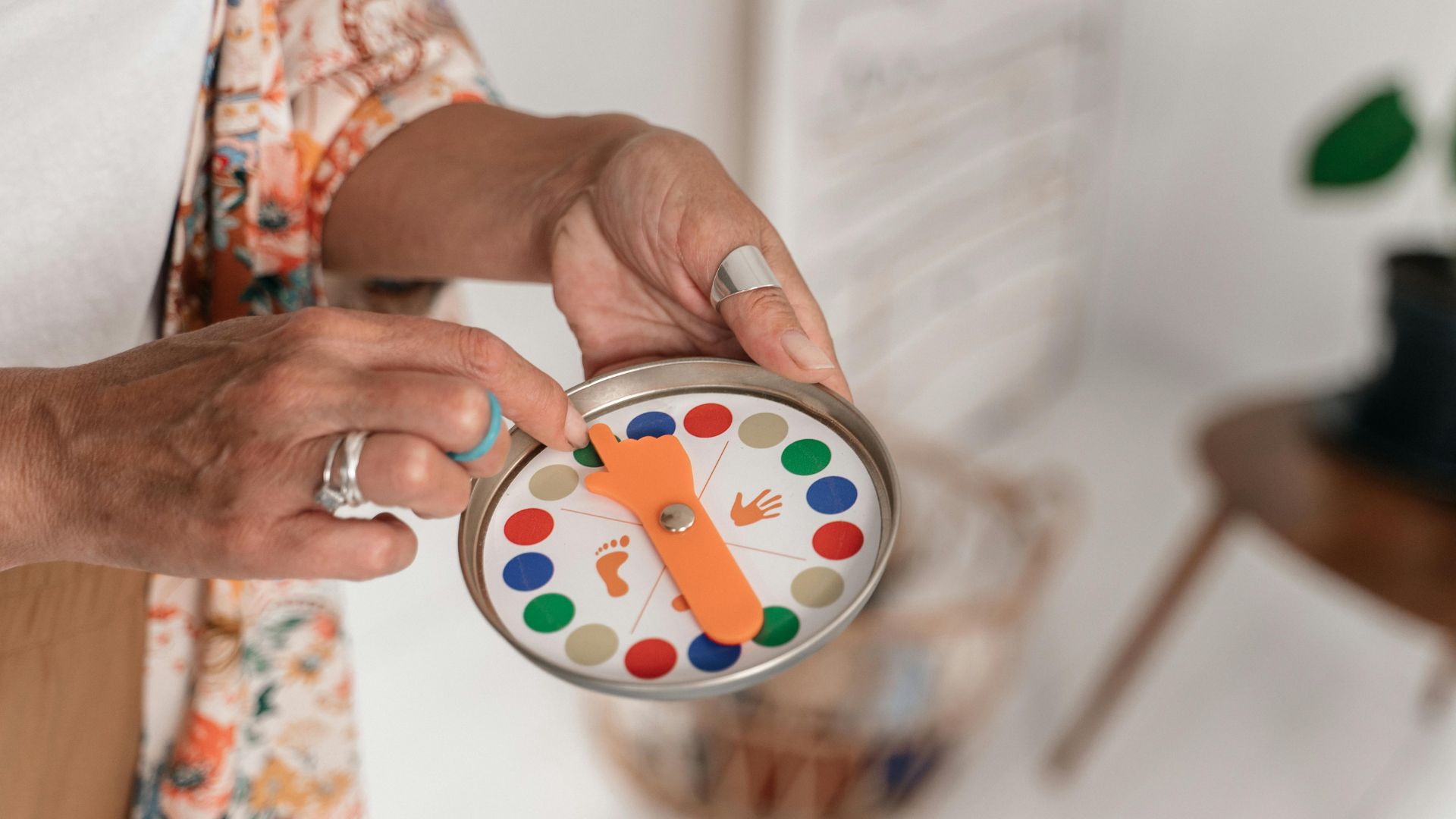Teens and Suicide
by Katya Musacchio, MS, LPCA
The term teenage suicide brings up lots of different emotions. Fear, panic, grief, confusion, shock and even disbelief. The Connecticut Shoreline Community has tragically lost a number of its teens to suicide. How could someone so young end their life? As adults, we need to manage these strong emotional reactions. We need to be able to talk with kids openly and calmly about suicide. Dr. Stacey Freedenthal points out in her blog, one of the biggest reasons teens give for not talking to parents about their suicidal thoughts is a fear they’ll “freak out.” As mentor told me, parents need to learn to be ok when their kids are not. Now, more than ever, our kids need to feel safe sharing their inner thoughts and feelings with us. Actively listening without judgment and holding space for our teens is key.
We need to be able to talk with kids openly and calmly about suicide
Passive suicidal ideation (thoughts about suicide, with no plan or intent to carry out suicide) is actually relatively common. The lifetime prevalence of suicidal ideation for the world population is 9%. However, as we noted in our previous blog entitled Challenges with Teletherapy, experts at the CDC found that symptoms of anxiety and depression have sharply increased across our entire population since the pandemic began. As a result, the entire population is presently at increased risk for developing active suicidal ideation which includes thoughts of and a plan for completing suicide.
The lifetime prevalence of suicidal ideation for the world population is 9%
Experts are particularly concerned as young people seem to be hardest hit by the increased isolation and uncertainty. Prior to the pandemic, youth suicide rates were already on the rise in Connecticut and doubled between 2016-2017. In a recent CDC survey conducted in June 2020, 25% of 18-24 year olds had seriously considered suicide in the past 30 days. Developmentally, adolescents are in need of connection with both peers and adults outside the home environment. Disruption of these important connections leaves our teens more susceptible to serious mental health challenges, including active suicidal ideation. Suicide is presently the second leading cause of death in individuals ages 10-24 and experts fear a further spike in these numbers due to the pandemic. Adults need to connect and check in with their teens and recognize that they are at increased risk for depression, anxiety and suicide.
25% of 18-24 year olds had seriously considered suicide in the past 30 days
Teen Warning Signs:
- Withdrawal from family and/or friends
- Mood swings
- Noticeable change in eating and/or sleeping habits
- Neglecting personal appearance/ hygiene
- Talking or writing about death, dying, or not being around
- Feelings of hopelessness
- Feeling like one is a burden to others
- Low self-esteem
- Risky or self-destructive behavior
- Withdrawal from activities that were once enjoyable
- Increased drug or alcohol use
- Increased anxiety
- Increased irritability / anger
- Giving away valued items
- Collecting items that could be used for suicide attempt – firearms, pills etc.
What to do if you have concerns about your child and suicide:
- Set aside time to speak alone with your child when you are both calm and relaxed. Ask directly if they think about suicide – even if you are afraid of their response or fear you might be overreacting
- Listen to their response with empathy– try to resist the temptation to give advice or problem solve at this time. You are there to listen and support them.
- Take suicidal thoughts seriously: make sure all firearms are inaccessible to child as well as other potentially harmful items; take steps to get them help from mental health professionals
Suicide Prevention Resources:
- National Suicide Prevention Hotline: 1-800-273-8255 – 24/7
- American Foundation for Suicide Prevention: https://afsp.org/teens-and-suicide-what-parents-should-know
- Dial 211 for mobile crisis intervention services
- The Columbia Lighthouse Project: https://cssrs.columbia.edu/
Mission is to “light the way to ending suicide.” Authors of one of the most simple, effective suicide assessment tools, Columbia Suicide Rating Scale (C-SSRS) used in a wide range of settings. Offers free training for using the C-SSRS.
- https://www.madisonct.org/812/Youth-Family-Services
- https://www.wyfs.org/ – Westbrook Youth and Family Services
Shoreline Psychotherapy and Behavioral Health (SPBH) center specializes in working with children and adolescents of all ages and has immediate availability with clinicians experienced in working with adolescent suicidal ideation and suicide prevention. Please do not hesitate to contact us at (203) 453-2999; www.shorelinepbh.com.
Written by Katya Musacchio, LPCA, NCC
Sources:
Freedenthal, Stacey. (May 2013). 10 Reasons Teens Avoid Telling Parents about Suicidal Thoughts. Retrieved from: https://www.speakingofsuicide.com/2013/05/29/parents-and-teens/
Nock, M. K., Borges, G., Bromet, E. J., Alonso, J., Angermeyer, M., Beautrais, A., Bruffaerts, R., Chiu, W. T., de Girolamo, G., Gluzman, S., de Graaf, R., Gureje, O., Haro, J. M., Huang, Y., Karam, E., Kessler, R. C., Lepine, J. P., Levinson, D., Medina-Mora, M. E., Ono, Y., … Williams, D. (2008). Cross-national prevalence and risk factors for suicidal ideation, plans and attempts. The British journal of psychiatry : the journal of mental science, 192(2), 98–105. https://doi.org/10.1192/bjp.bp.107.040113
Fenster, Jordan. (October 2019). Youth Suicide Rates Nearly Doubled in One Year. CTpost.com. Retrieved from: https://www.ctpost.com/local/article/Youth-suicide-rates-in-CT-nearly-doubled-in-one-14550448.php
Czeisler MÉ , Lane RI, Petrosky E, et al. Mental Health, Substance Use, and Suicidal Ideation During the COVID-19 Pandemic — United States, June 24–30, 2020. MMWR Morb Mortal Wkly Rep 2020;69:1049–1057. DOI: http://dx.doi.org/10.15585/mmwr.mm6932a1external icon.
National Institute of Mental Health. Suicide is a Leading Cause of Death in the Us. Retrieved from:https://www.nimh.nih.gov/health/statistics/suicide.shtml












